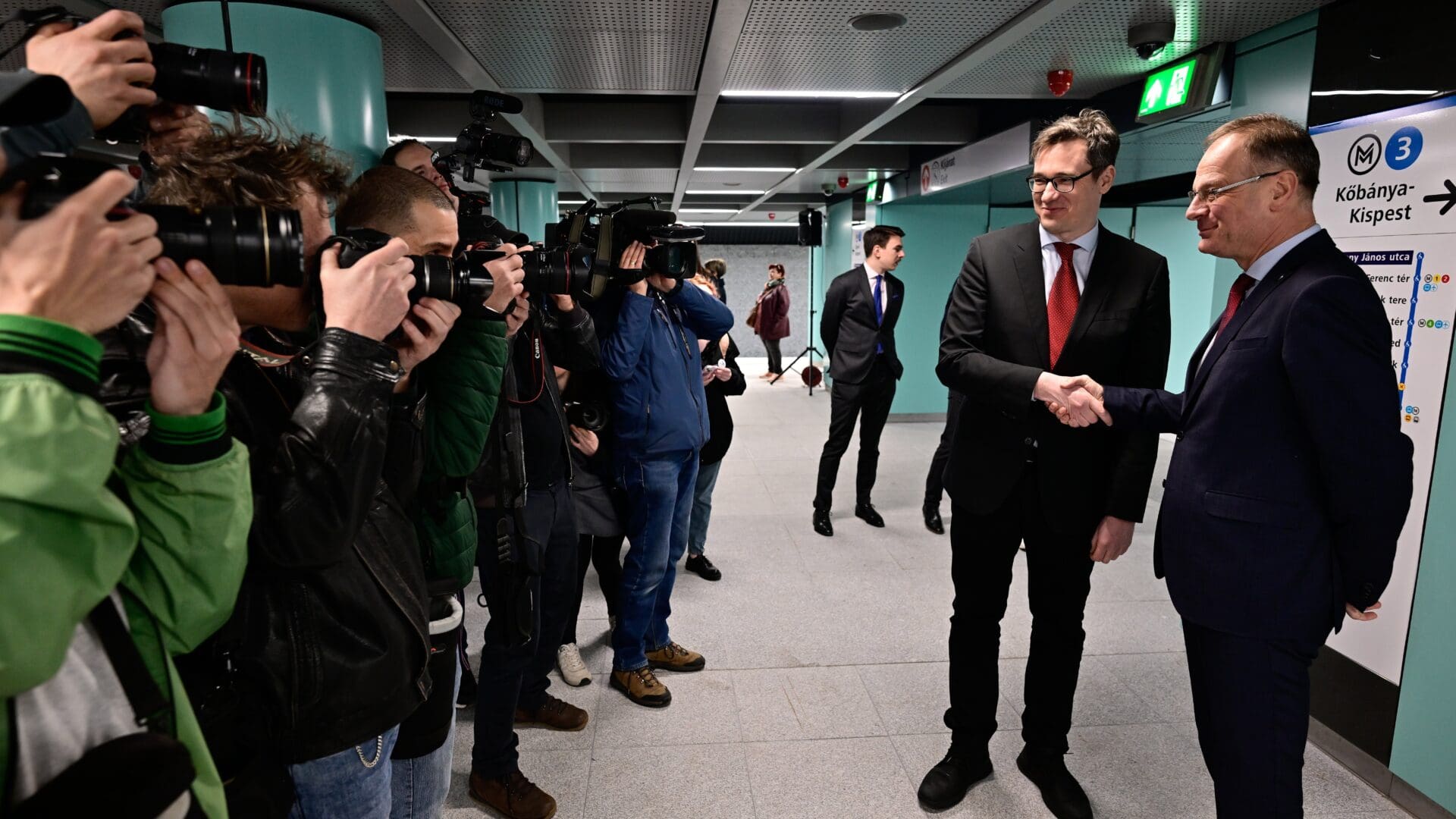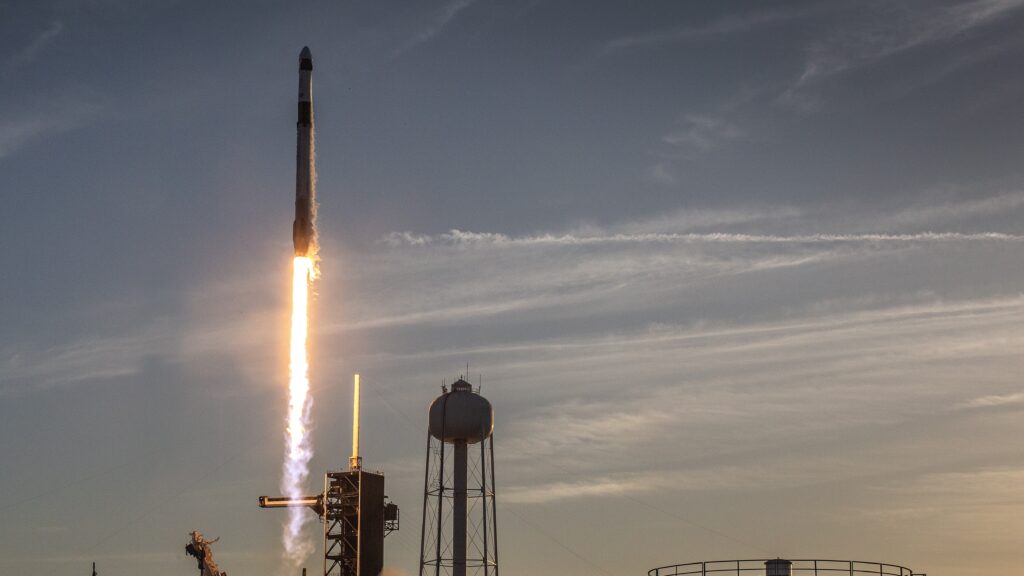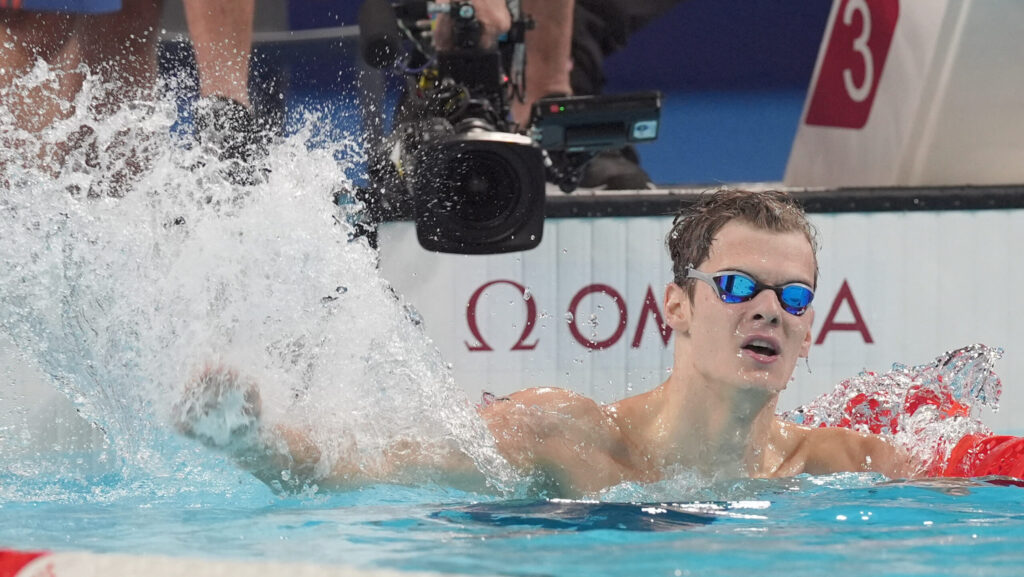After a five-and-a-half-year-long reconstruction that to many Budapesters seemed to be a never-ending effort, the M3 metro of Budapest is finally in operation again along the entire line.
M3 is the busiest of all Budapest metro lines, connecting the densely populated districts of Kőbánya-Kispest and Újpest. Reconstruction was indeed overdue on the 16-kilometre-long line, and it is in fact no surprise it took so long to complete, considering how old and obsolete the system that needed to be modernised was.
The end of the enormous enterprise was marked with the inauguration of the Arany János utca metro station on Monday. In a rare moment of the government and the opposition-led leadership of Budapest celebrating a successful project together, Minister for regional development and the utilisation of EU funds Tibor Navracsics also spoke at the event. According to state news agency MTI, Minister Navracsics stressed that the newly reconstructed M3 is not only for the people of Budapest, because public transport serves all who come to the city. He reminded that the metro reconstruction was carried out in cooperation between the Hungarian government, the Municipality of Budapest and the European Union. Approximately two-thirds of the cost of the renovation is EU funding and one-third is financed from domestic sources, the minister added.
He noted that the most important aspect of the project was cooperation,
and underscored that Budapest is an important centre of Central Europe in terms of culture and infrastructure.
Budapest Mayor Gergely Karácsony called the completion of the project a welcome development for Budapest and the whole country. He stressed that the reconstruction, which will be completed in May, will make all the stations of metro line M3 accessible, much safer and more attractive.
As of 1 p.m. on Monday, it has been possible to travel on the entire line of M3, but because renovation is still ongoing at Nagyvárad tér and Lehel tér, trains will not stop at these stations which can be reached by replacement buses. Also, at weekends, the metro runs only between Újpest-központ and Göncz Árpád városközpont, so passengers need to board a replacement bus in the direction of Kőbánya-Kispest.
A welcome result of the reconstruction is that passengers can now use the previously reconstructed and now reopened Dózsa György út station, which has been made barrier-free.
The reconstruction of metro line M3 is expected to be fully completed in May.








